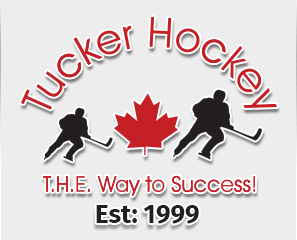The skill level of the players will affect your on-ice curriculum. An instructor needs to provide drills which stretch the players but do not frustrate them – due to lack of success – but neither bores them – due to the drill being too easy/not challenging enough. A teaching progression from the basic building blocks, intermediate, advanced and pro type drills should be incorporated.
It is definitely an art. It’s important to teach hockey skills and correct errors but equally important to keep players moving on the ice – to give each player enough quality repetitions of the drills. Especially if there are 20 or more players on the ice for a session.
When an instructor attempts to teach tactical skills and the core of the group do not have the sufficient technical skills, the drills will be executed poorly and the instructors and players will be frustrated with the results or lack of results. For example, during a practice session and instructor may try doing some 2 on 1 drills. However, if the defensemen lack adequate backward skating skills and /or the forwards lack good passing skills the the drill execution falls apart. The coach will have to improve on the technical skills of the backwards skating and passing in stride prior to doing 2 on 1 drills. Otherwise, both the coach and the players will get frustrated with the lack of good results.
Age will also play a part. If the players are really young such as tyke or novice, it is important to incorporate a good fix of fun drills / games within the skill development programs. Their attention span is lower and they lose interest quickly. Often they are not looking to perfect a drill but just have fun while performing the skill. For example, an instructor can work on the technical skill of proper knee bend and the kids can have fun as well by performing the Gorilla drill.
As well, if players are AA/AAA caliber, it’s important to teach skill development but also to challenge the players. Push then with advanced drills with proper technique and execution as well as high intensity and conditioning components. For example the 6 and 12 o’clock skating agility drill on the circle can be taught first with proper technique, then quicker feet and then with a puck to stretch more advanced players so as to add a higher intensity and conditioning component.
Remember, no matter what he age or skill level sometimes players are tired and have low energy levels so an instructor may have to tone down the practice session and ahjust curriculum accordingly.
By reading and adjusting properly to your audience, the instructor ensures a positive learning environment and maximum benefits achieved for all parties involved, especially the players.
